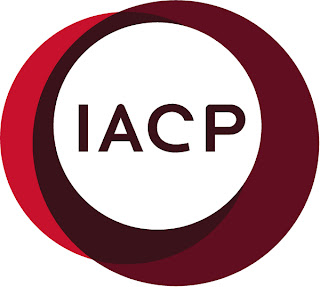 He says that if Coca-Cola can use them, then its use in the kitchen should be legal.
He says that if Coca-Cola can use them, then its use in the kitchen should be legal.Peruvian born chef Gastón Acurio and a group of colleagues served an array of dishes prepared with coca leaves to President Alan García and his cabinet this past December. The menu included desserts made with coca leaf flour and “coca-sours”, a take-off of the symbolic peruvian cocktail, the pisco sour.
“It’s been almost 100 years since an American found in the coca leaf an opportunity to create one of the most famous brands in the World: Coca Cola”, said Acurio, who owns Astrid & Gastón restaurants in Perú, Ecuador, Chile, Colombia, Venezuela, and Mexico. “If we could find other legal uses for the coca leaf, it would be the beginning of a new era in the Andes”.
The fear that the drug cartels would benefit from an expanded legal coca leaf market to produce and sell more cocaine, drove the majority of the countries to ban international commerce of the leaf. A 1961 United Nations treaty stipulates that the governments could allow for the international commerce of the coca leaves as a flavor agent as long as the alkaloides, a base to make the drug cocaine, be eliminated. “This is the use that the Coca Cola Company gives the leaf”, cites Cocaine: An Unauthorized Biography.
The coca leaf, a stimulant that has been chewed in the Andes since pre- Inca times, is legally consumed in tea and soft drinks in Peru, Bolivia and Ecuador.
Acurio, 39, said his dishes prove that the coca leaf could have a productive use that would help the poor Andean farmers expand their markets, a position backed up by the leaders of Peru and Bolivia.
When Fidel Castro turned 80 he received a cake prepared with coca leaf flour from Bolivian president Evo Morales. Last September, Morales brought with him to New York City a coca leaf, illegal in the United States, and held it up high during his message to the General Assembly at the UN.
“It is not possible that the coca leaf is legal to make Coca Cola and illegal for medicinal consumption in our country”, said Morales. Bolivia is the poorest country in South America.
Chef Acurio said that he would liket to serve "coca sours" in the restaurants he is planning to open this year in Madrid and San Francisco, he sustains that the potential benefits of the coca leaf are attractive.
“It’s a nutritional leaf with a delicious flavor that can be used to season shrimp, crabs, mollusks, almost anything that’s cooked in the kitchen.”, said Acurio. “It’s a product that could be served in the best restaurants and at the same time help the poorest farmers”.
Original Text in Spanish
Translation and Photo: Elena Hernandez

3 comments:
Wow, that's great that the natural form of the plant can be utilized again. It takes 2,000 pounds of coca leaves to make 5-20 pounds of cocaine anyway, so there's very little danger in a few leaves. And a small misunderstanding: it is legal to prescribe cocaine, but a physician would need a license from the government to do it, and they don't hand those out. Great post, this article caught my attention. Regards.
Hi there! Thanks for visiting the IACP Global News Blog. Glad you enjoyed the article!
Im glad someone is trying to stick up to the monopoly coca-cola has on non illegal uses of this amazing plant.
Post a Comment